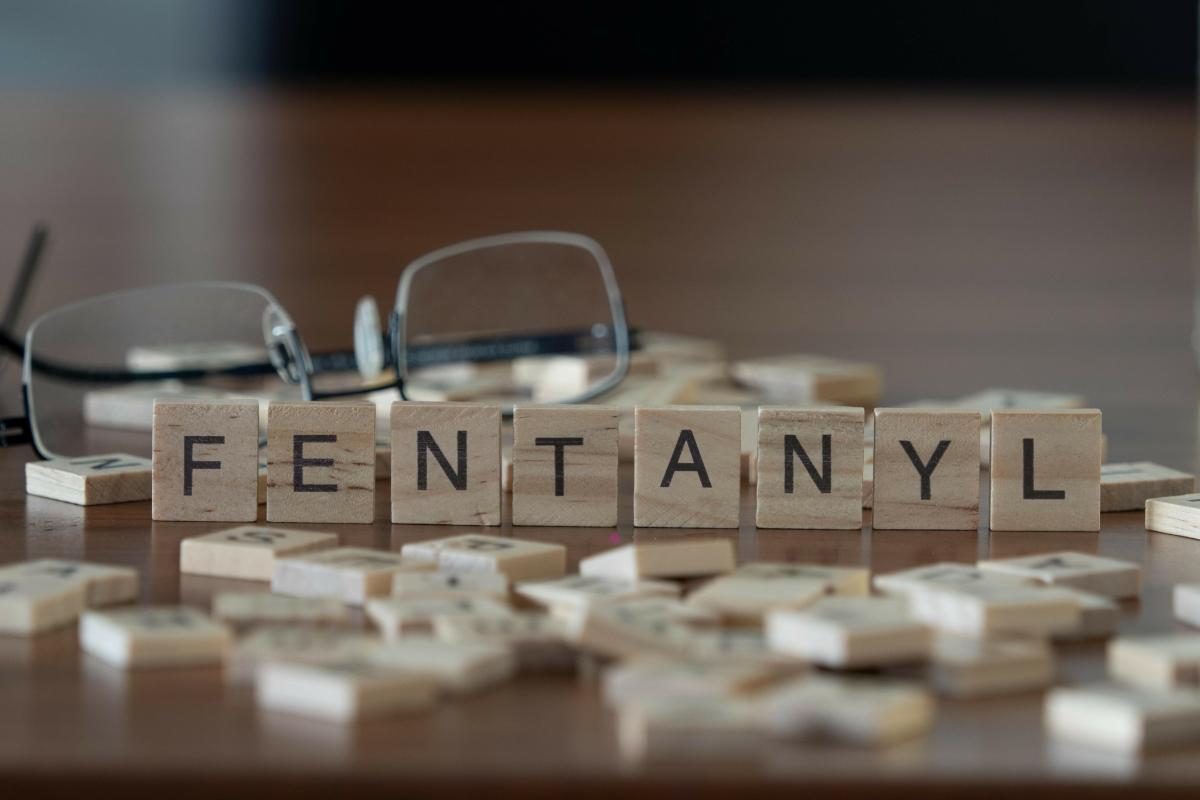The U.S. is currently in the middle of an opioid epidemic, and this class of drugs includes both prescription pain medications and illegal substances like heroin. However, there’s one type of opioid that’s both — pharmaceutical fentanyl is a synthetic opioid that’s typically prescribed for extreme pain from cancer, as it’s up to 100 times more potent than morphine. Pharmaceutical fentanyl can be diverted for misuse and illicit laboratories may also manufacture it, as they do heroin, for sale on the street. When someone takes fentanyl medically or recreationally, they may form a chemical dependence that can lead to opioid use disorder (OUD).
If you’re searching for a fentanyl addiction treatment program in Florida, reach out to Coalition Recovery today. Call 888.707.2873 or contact our team online.
What Are the Signs of Opioid Addiction?
It may not be easy to observe signs of fentanyl abuse — there are so many forms of it available and, therefore, many ways to take it. In its prescription form, fentanyl is known as Actiq, Duragesic, and Sublimaze. When prescribed by a doctor, fentanyl doses can be taken as a shot, a patch, or as lozenges. Illicit fentanyl is as a powder or pills, dropped onto blotter paper, and put in eye droppers or nasal sprays.
OUD can be diagnosed by a doctor. If you think you or someone you care about is struggling with OUD, watch out for the following signs:
- Changes in exercise routine
- Changes in sleep pattern
- Decreased hygiene
- Decreased libido
- Drowsiness
- Financial problems
- Flu-like symptoms
- Uncontrollable opioid cravings
- Weight loss
- Risky behavior, like doctor shopping or stealing prescriptions
- Social withdrawal and isolation
What Are the Dangers of Prescription Painkiller Abuse?
An OUD goes by several names, such as fentanyl abuse, opioid addiction, or even prescription painkiller abuse. No matter which term is used, though, it’s a condition that needs professional help to overcome. Because opioid withdrawal symptoms can be difficult to experience, as cravings can be too strong and pain can be too extreme, medically assisted opioid detox is what experts often recommend at the start of the rehab process. Detoxing on your own from opioids like fentanyl, morphine, and others can be very painful and even life-threatening.
If someone you care about is taking illicitly produced fentanyl, they risk unwanted health consequences with each dose. Some drug dealers mix opioids like heroin and fentanyl with other substances. This might include things like baking soda and sugar or even other addictive drugs like cocaine and MDMA. Dosing with fentanyl batches like this can be dangerous because someone struggling with OUD won’t even know what’s in it and could be engaging in polydrug use, which can more likely lead to a fatal overdose.
Long-Term Opioid Addiction
Long-term opioid addiction and even long-term proper prescription opioid use can result in harming several parts of the body, including the following systems:
- Cardiovascular: Opioid use is a risk factor for heart rhythm abnormalities, such as atrial fibrillation, heart failure, and stroke. Among those who inject opioids to dose, bloodborne bacterial infections that result from unsanitary intravenous (IV) needles use can lead to endocarditis.
- Gastrointestinal (GI): GI problems, like recurrent or chronic constipation, are very common unwanted side effects of opioid use. Up to 45% of people taking opioids therapeutically report experiencing constipation. In serious cases, bowel obstruction can result from constipation — a potentially fatal complication that can require hospitalization. Other opioid-related GI complaints include bloating, nausea, stomach cramps, and vomiting.
- Reproductive: Long-term opioid use may negatively impact the reproductive systems of both men and women. It may affect testosterone production in men. Some studies show that women struggling with opioid use may experience decreased fertility and an increased risk of pregnancy loss, placental abruption, and preterm birth. Babies born to mothers who used opioids during pregnancy may suffer from birth defects, developmental delays, and neonatal abstinence syndrome.
- Respiratory: OUD can cause several respiratory problems, including slowed or irregular breathing. In cases of overdose, these symptoms can lead to dangerously slowed breathing or even complete respiratory arrest. The lack of adequate oxygen to the brain resulting from an opioid overdose could lead to brain damage, coma, or even death.
When Should You Consider a Fentanyl Abuse Treatment Program?
If you or someone you care about is displaying signs of opioid addiction, you should consider getting professional help. At the very least, speak to a doctor you trust about the issue.
It’s very difficult to overcome a fentanyl addiction — or any type of opioid addiction — without professional help, typically in the form of medication-assisted treatment (MAT) and behavioral psychotherapy.
Most OUD cases are recommended MAT during the detox and stabilization process, and often throughout a client’s comprehensive addiction treatment program. FDA-approved drugs like methadone, buprenorphine, or naltrexone can help a client withdraw from opioid use smoothly and with as little discomfort as possible. Behavioral psychotherapy sessions can help a client identify and modify unwanted behaviors, emotions, and thought patterns related to addiction. At the same time, they can learn better coping mechanisms, healthy life skills, and ways to maintain a sober life.
Ready To Learn More About Coalition Recovery’s Fentanyl Addiction Treatment Program?
If you’re looking for a fentanyl addiction treatment program in Florida, contact Coalition Recovery today. Reach out to our team online or call 888.707.2873.







